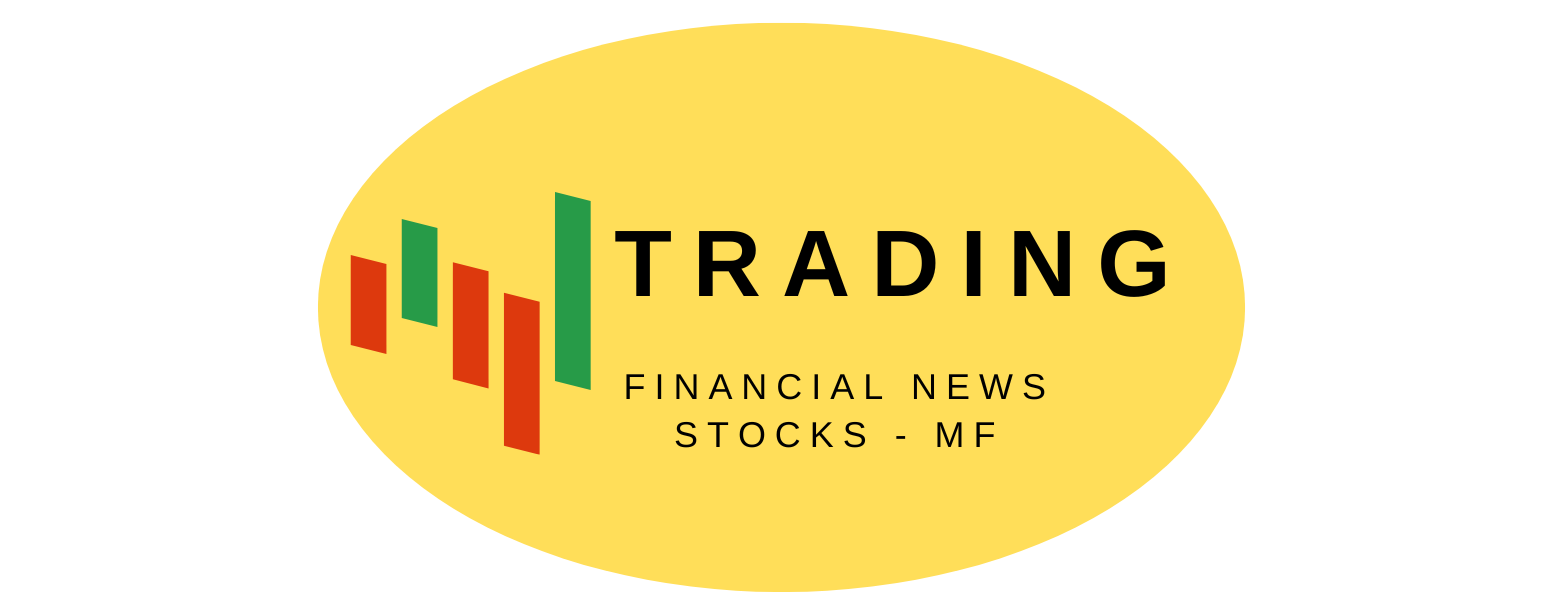Introduction:
In the dynamic landscape of financial markets, investors are constantly seeking opportunities to optimize their portfolios. One avenue that has gained considerable traction is investing in Exchange-Traded Funds (ETFs) and funds that track benchmark indices. In this exploration, we delve into the realm of ETFs and funds tracking the NYSE AMEX Composite Index, shedding light on the potential benefits and considerations for investors.
Understanding the NYSE AMEX Composite Index:
The NYSE AMEX Composite Index, often referred to as the AMEX, encapsulates a diverse array of companies listed on the NYSE American exchange. This index is designed to represent a broad cross-section of industries, offering investors exposure to small and mid-cap stocks.
Why Consider ETFs and Funds Tracking the NYSE AMEX Composite Index?
1. Diversification:
– ETFs and funds linked to the NYSE AMEX Composite Index provide investors with a convenient means of achieving diversification. By holding a basket of stocks across various sectors, these investment vehicles spread risk and reduce the impact of individual stock volatility.
2. Cost Efficiency:
– One of the key advantages of ETFs is their cost-effectiveness. With lower expense ratios compared to actively managed funds, ETFs tracking the NYSE AMEX Composite Index allow investors to keep more of their returns.
3. Market Exposure:
– Investors looking for exposure to small and mid-cap stocks can find value in the NYSE AMEX Composite Index. ETFs and funds tracking this index offer a comprehensive view of the market, allowing investors to capitalize on potential growth opportunities in these market segments.
4. Liquidity:
– Liquidity is a crucial factor for investors, especially when entering or exiting positions. ETFs tracking the NYSE AMEX Composite Index typically benefit from the liquidity of the underlying stocks, providing investors with the flexibility to execute trades efficiently.
Popular ETFs and Funds Tracking the NYSE AMEX Composite Index:
1. iShares Russell 2000 ETF (IWM):
– While not exclusively tied to the NYSE AMEX Composite Index, IWM offers exposure to small-cap stocks, many of which are listed on the AMEX. This ETF provides diversified exposure to companies that align with the AMEX’s focus.
2. SPDR S&P 400 Mid Cap ETF (MDY):
– MDY tracks the S&P MidCap 400 Index, which includes a substantial number of mid-cap stocks listed on the NYSE American exchange. This ETF is an attractive option for investors seeking exposure to the mid-cap segment of the market.
Considerations for Investors:
1. Risk Management:
– Despite the benefits, investors should be mindful of the inherent risks associated with small and mid-cap stocks. These companies may experience higher volatility and can be more susceptible to economic downturns.
2. Research and Due Diligence:
– Before investing in any ETF or fund, thorough research is imperative. Understanding the fund’s composition, historical performance, and expense ratios are essential aspects of making informed investment decisions.
3. Market Conditions:
– Market conditions play a significant role in the performance of ETFs and funds. Investors should stay abreast of economic indicators, industry trends, and global events that could impact the companies within the NYSE AMEX Composite Index.
Conclusion:
In the ever-evolving landscape of financial markets, ETFs and funds tracking the NYSE AMEX Composite Index offer investors a compelling avenue for diversification and exposure to small and mid-cap stocks. While these investment vehicles present unique opportunities, it is crucial for investors to conduct thorough research, assess their risk tolerance, and stay informed about market conditions. By navigating the markets with prudence and strategic insight, investors can potentially unlock the benefits that ETFs and funds tracking the NYSE AMEX Composite Index bring to their portfolios.

